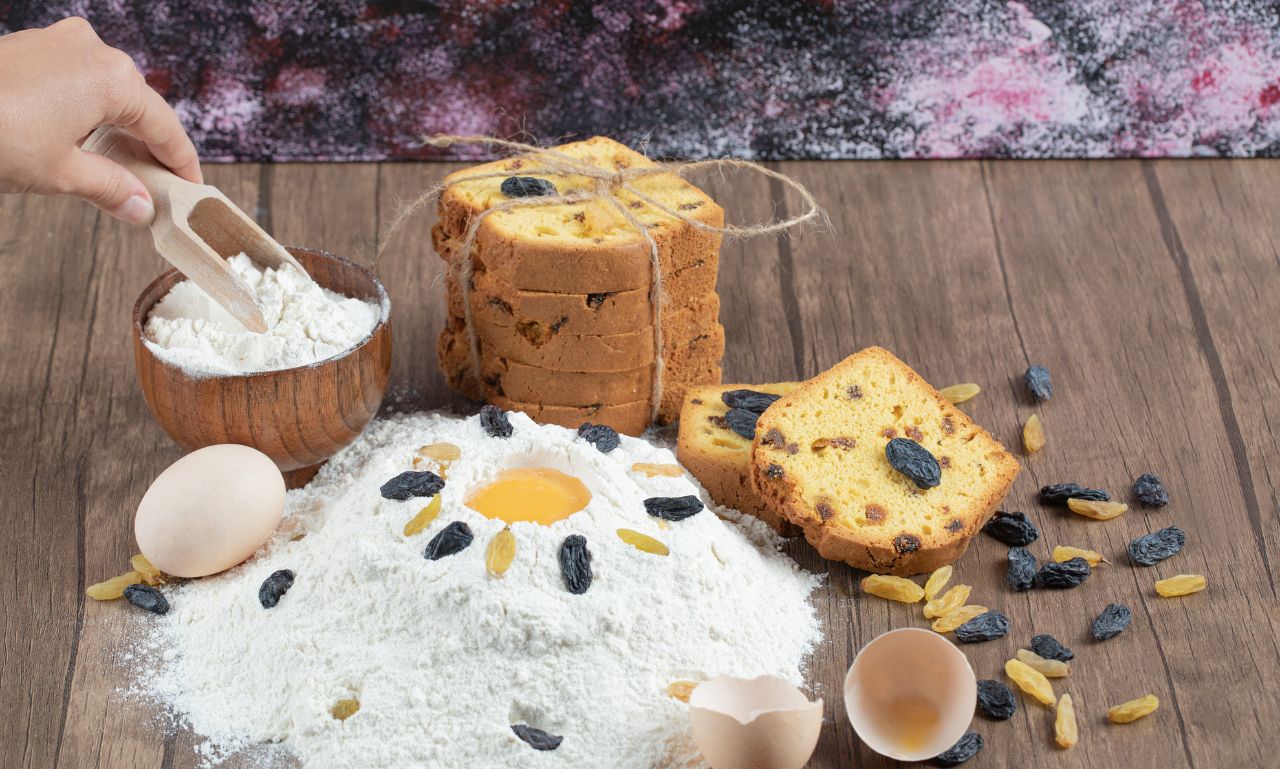Бишкоти ди Пратo stands out as one of the most iconic sweet creations in Italian cuisine, admired for its elegance and simplicity. Known internationally as biscotti, this double-baked almond biscuit from Tuscany is cherished for its golden crunch, nutty richness, and perfect pairing with coffee, tea, or dessert wine.
In 2025, Бишкоти ди Пратo remains a timeless favorite in homes, bakeries, and restaurants, seamlessly combining centuries-old tradition with innovative modern twists. This article takes a closer look at its origins, authentic recipe, cultural importance, and future in the evolving world of desserts.
What is Бишкоти ди Пратo?
Бишкоти ди прато literally means “biscuits of Prato,” referring to the Tuscan town where they originated. These biscuits are:
-
Twice-baked for crispiness.
-
Made with almonds as the key ingredient.
-
Traditionally paired with Vin Santo, a sweet Italian wine.
-
Long-lasting, making them perfect for storage and travel.
The distinctive crunch and almond aroma make them a versatile dessert enjoyed worldwide.
Origins of Бишкоти ди Пратo
The history of бишкоти ди прато dates back to the Renaissance in Tuscany. Bakers discovered that twice-baking dough preserved biscuits longer, making them suitable for travelers and soldiers.
By the 18th century, biscotti became associated with Tuscan hospitality, often served with local wine. Today, they remain a symbol of Italian tradition and culinary heritage.
Recipe for Бишкоти ди Пратo
The classic recipe for бишкоти ди прато is simple yet elegant.
Ingredients:
-
2 cups flour
-
1 cup sugar
-
3 large eggs
-
1 cup almonds (whole, unpeeled)
-
1 tsp baking powder
-
Zest of one lemon
Instructions:
-
Preheat oven to 180°C (350°F).
-
Mix eggs, sugar, and lemon zest until light.
-
Add flour and baking powder to form dough.
-
Fold in whole almonds.
-
Shape dough into logs and bake for 25 minutes.
-
Slice logs into biscotti and bake again for 10–15 minutes until golden.
The result is crisp, golden biscuits with a nutty flavor.
Modern Variations of Бишкоти ди Пратo
While traditional recipes remain popular, modern bakers experiment with flavors. Variations include:
-
Chocolate-dipped biscotti.
-
Pistachio or hazelnut versions.
-
Dried fruit additions like cranberries.
-
Vegan adaptations using plant-based ingredients.
These innovations ensure that бишкоти ди прато remains relevant in contemporary kitchens.
Cultural Significance of Бишкоти ди Пратo
Бишкоти ди прато is more than food—it is a cultural tradition. In Italy, serving biscotti with Vin Santo symbolizes hospitality and warmth. In global cultures, it has become associated with:
-
Coffee culture in cafes.
-
Holiday baking traditions.
-
Gifts during celebrations.
-
Gourmet pairings with desserts.
Its enduring presence shows how food connects heritage and modern life.
Бишкоти ди Пратo in Global Cuisine
By 2025, бишкоти ди прато has transcended Italy to become a global favorite. In the United States and Europe, it is a staple in coffee shops. In Asia, local adaptations introduce regional nuts and spices.
Globalization has turned biscotti into a universal treat while preserving its Tuscan roots.
Health Aspects of Бишкоти ди Пратo
Compared to cream-filled pastries, бишкоти ди прато offers a lighter dessert option. Benefits include:
-
Lower fat content due to minimal butter use.
-
Protein and fiber from almonds.
-
Long shelf life without preservatives.
-
Portion control due to small size.
However, like all sweets, moderation is recommended.
Бишкоти ди Пратo in Business and Marketing
Bakeries and brands use бишкоти ди прато to highlight artisanal quality. Marketing strategies focus on:
-
Emphasizing Italian heritage.
-
Offering gift-ready packaging.
-
Creating seasonal flavors.
-
Collaborating with coffee brands.
This positions biscotti as both a traditional and premium product.
Бишкоти ди Пратo in Festivities
Festivals and holidays often feature бишкоти ди прато. Families bake them for Christmas, weddings, and regional fairs. They symbolize celebration, hospitality, and shared moments.
In 2025, biscotti gift boxes are popular across Europe and beyond, making them timeless festive favorites.
Challenges Facing Бишкоти ди Пратo
Despite its popularity, бишкоти ди прато faces challenges:
-
Competition from modern desserts.
-
Industrial versions losing artisanal quality.
-
Health-conscious consumers seeking lower sugar options.
-
Preservation of authentic recipes amid globalization.
These challenges encourage innovation while preserving tradition.
Future of Бишкоти ди Пратo
Looking ahead, бишкоти ди прато will continue evolving. Future trends may include:
-
Organic and gluten-free versions.
-
Digital recipes for global sharing.
-
Sustainable packaging for eco-friendly appeal.
-
Broader cultural integration into international cuisine.
By 2030, biscotti may be both a traditional and futuristic dessert.
Practical Uses of Бишкоти ди Пратo
Beyond dessert, бишкоти ди прато can be:
-
A crunchy snack during work.
-
A base for creative desserts like tiramisu.
-
A thoughtful homemade gift.
-
A healthy alternative to heavier pastries.
Its versatility explains its timeless popularity.
Conclusion
Бишкоти ди прато is more than an almond biscuit—it is a story of tradition, resilience, and global appeal. Originating in Tuscany, it has traveled across continents, adapting to new tastes while preserving its heritage.
In 2025, biscotti remains a symbol of Italian hospitality and culinary simplicity. With its balance of tradition and innovation, it continues to inspire bakers, delight consumers, and connect cultures worldwide.

